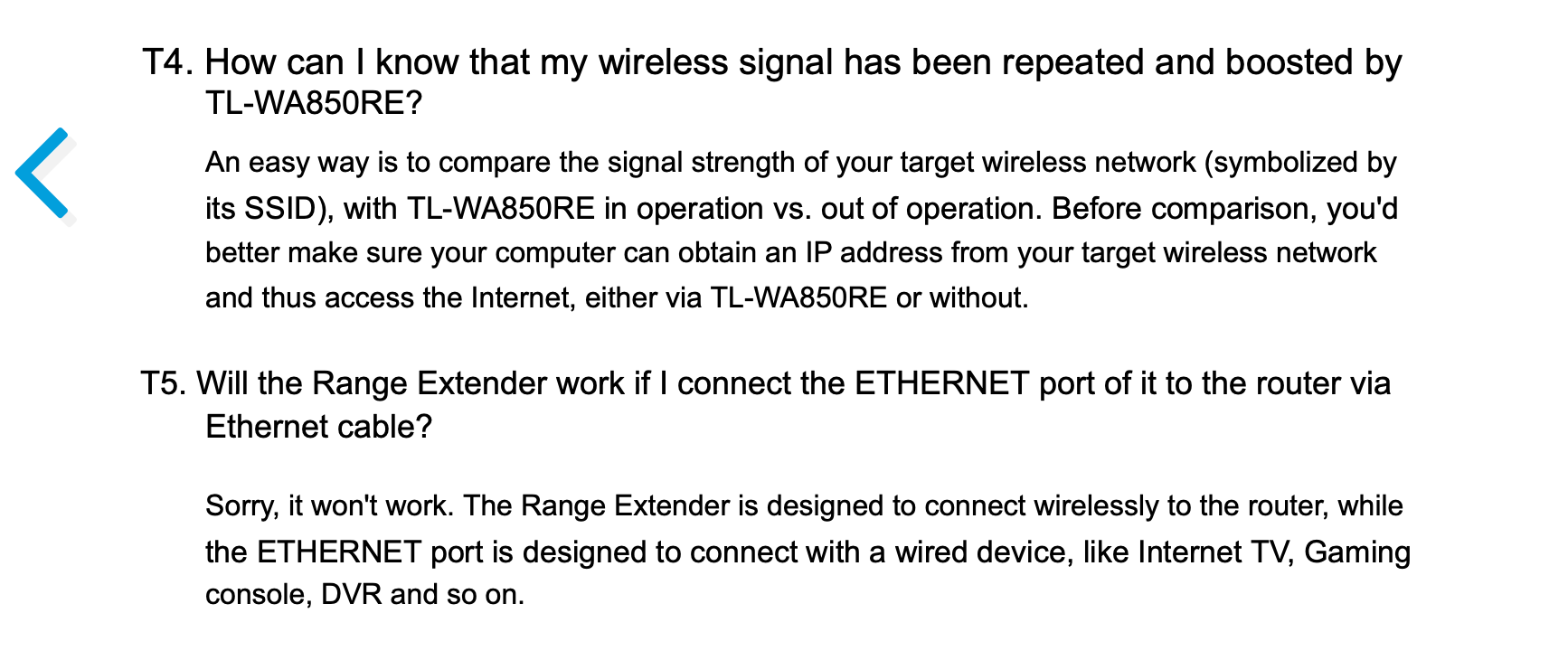I recently swapped out my 2011 access point in my bedroom used for WiFi there, and I am seeing some Sonos anomalies.
In the bedroom I have a Boost that is also root bridge, wired back to the main router in the common area, that has a Connect Amp also wired back to the same main router. I was using Airport Express in the bedroom, ethernet wire connected to the other ethernet jack on the Boost using the switch feature on Boost, to successfully obtain high speed WiFi in the bedroom - with the single band AEX set to work in access point mode, creating a 5 GHz network there. No issues with Sonos then, using either the phone or the Mac in the bedroom for control.
I replaced said AEX using a dual band TP Link access point as a drop in replacement. Now, at times, the Connect Amp disappears from the Controller as well as from the Matrix. Getting it to reappear needs a Connect Amp reboot, that works for some time.
I can’t see any logical reason for this - and when I brought the AEX back for a test, the problem disappeared.
Any reason why Sonos/TP Link are not playing nice all the time? The bedroom Sonos is supplied wirelessly from Boost, and there is no issue with that unit. Nor are other bedroom units like Firestick/Echo Show affected by the change.




